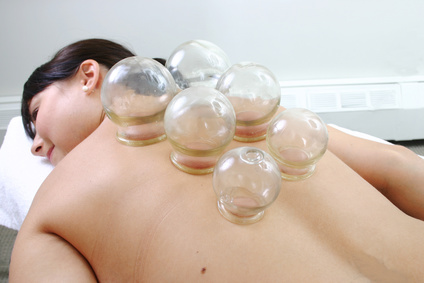Ancient Wisdom for Performance and Recovery
After seeing many articles on Olympic athletes using cupping therapy, I figured I would write an article regarding how Chinese bodywork and acupuncture are used in the world of sports medicine. Let’s start with pain.
What is pain exactly? It can be dull, achy, sharp, stabbing, moving, and much more. In this medicine system, pain is what occurs when qi and blood are no longer flowing smoothly through an area and they get stuck. That stagnation is what we feel when experiencing pain. Acupuncture is about moving qi in the body and redirecting the flow of blood, fluids, and energy internally. So the way I look at an athletic injury is to see what stage the injury is in to assess the types of fluids and substances involved, where on the body it is, what channels are being affected, and what is the nature of the pain or injury. Should I use points that help provide nourishment to tendons or bones? Or should I use points that will reduce inflammation? These are the kinds of things I and other practitioners are thinking of in our heads.
Aside from acupuncture, there are forms of bodywork that Chinese Medicine also incorporates such as cupping. This is the practice that leaves many Westerners apprehensive due to the marks left behind, however cupping is not painful, and the marks are a sign of healing and productivity in the body! Cupping works by pulling the skin away from muscles and allowing nutrient dense blood, fluids, and vital qi to flow freely through an injured area. Cupping takes the meridians and points into account and helps speed recovery and proper healing. It can also be used to remove toxins from the body like a massage. I hope this simple article helps to relieve people’s apprehensions about Chinese Medicine techniques and provides a basic insight into the theories behind it. For more info, contact your acupuncturist!

